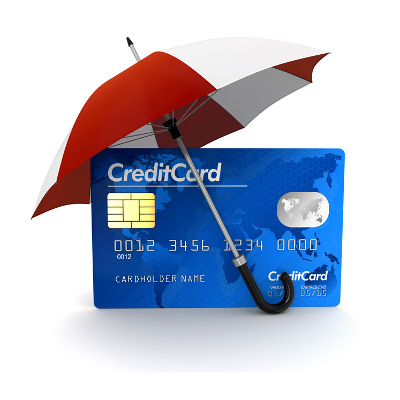When you give your financial details to a retailer you expect it to be secure, but hackers and malware make this a challenge. One of the worst incidents in the last decade was when Target’s security was breached, with the loss of financial information belonging to forty million customers. The same malware was then quickly used against Home Depot. The danger of malware and data breaches hasn’t gone away since.
It isn’t just the big boxed goods stores that are at risk of a data breach. Similar malware could be used against any business that uses credit and debit cards. Think for a moment – how many retailers and other businesses have your card details stored on their systems? Nobody wants their private information to be compromised, or to become the next victim of online scammers.
Swiping your card when you shop shouldn’t put you in danger – so what can you do to protect yourself? Let’s look at three things you can do to try to keep your personal details secure.
1) Pre-paid Cards
If you use a card that’s pre-loaded, then your personal information is outside of the system and can’t be read from that card. You can use these cards online as well as in-store. It’s not entirely foolproof, however. If a store is the victim of a malware attack and your card details are stolen, there’s still the possibility of losing all the money that’s loaded onto the card. It might be possible to be reimbursed by the company, so don’t just assume that all is lost. One other advantage is that theft of a gift card won’t have a negative impact on your credit score, which is what happens if your personal credit card is stolen.
2) Use Credit Cards Over Debit Cards
The experts suggest using your credit card rather than your debit card. With a debit card, money is withdrawn directly from your bank account, so it’s like an open door if the details fall into the wrong hands. There is better security with a credit card, because you can report the theft or fraudulent use to the company, and not be charged. It’s been suggested by WIRED magazine that you should try to limit use of your debit card to secure ATMs.
3) Follow Best Practice Guidelines for Shopping Online
If you know a little bit about how hackers operate, you’ll be alert to how people become their victims, and how to avoid becoming a target yourself. Be particularly alert to phishing emails, a favorite scam. The email will take you to a fake website that looks absolutely genuine. When you enter your card details to make a purchase, the hackers have what they want.
Only visit official websites and be alert to fake sites that purport to be the real thing. Check the website address, or URL, and check its security certificate before sharing your card information. In the address bar, there should be a padlock icon on the left-hand side of the URL, indicating the security of the site. If the padlock is closed, it means that data you enter will be encrypted, to keep it safe from hackers and cybercriminals.
Business owners need to be diligent in protecting the personal and financial information of their clients. All possible precautions to prevent a data breach should be taken, with high-level security measures. Quikteks can help. Our network monitoring program includes an enterprise-level firewall, that works with our Unified Threat Management solution. You don’t want to be a target, like Target and Home Depot were, and you don’t want to be in the news headlines for all the wrong reasons. Call us today at (973) 882-4644 for more information.

